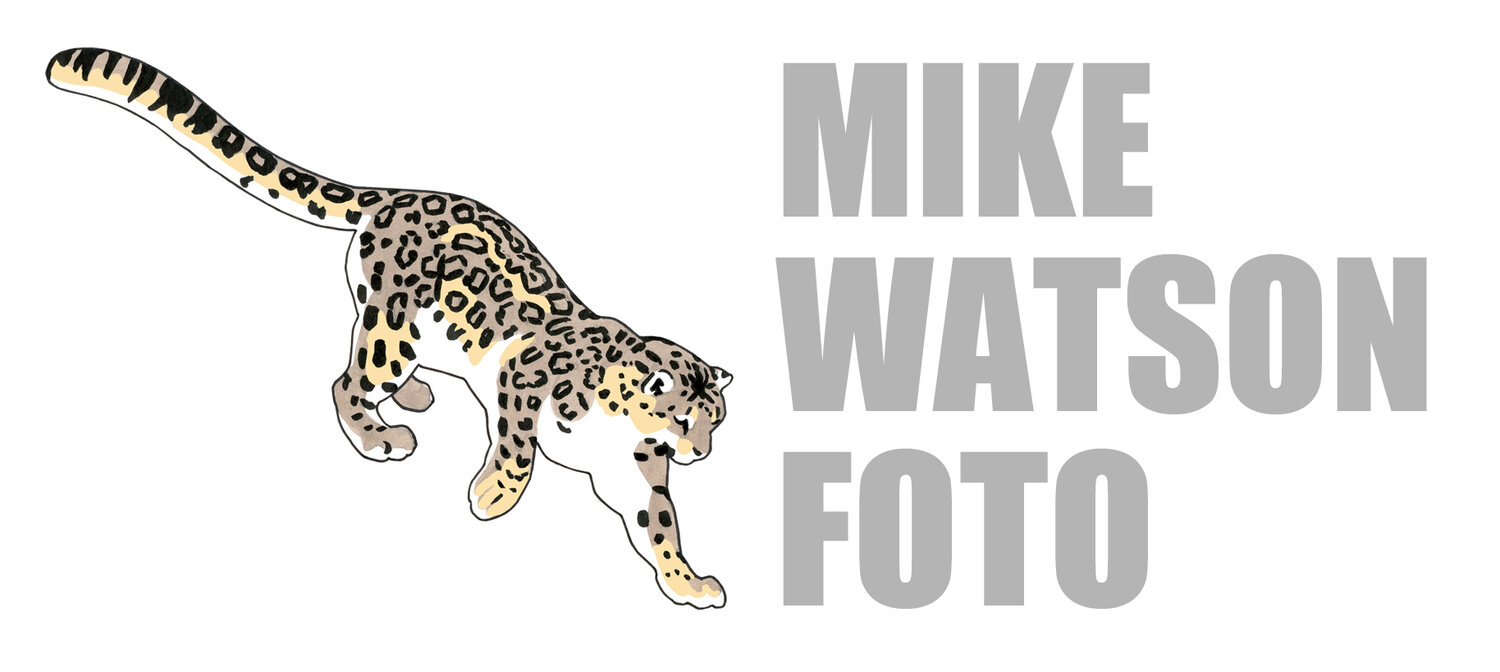Spectacled Eider is essentially a Siberian breeding bird, nesting in the Yana, Indigirka and Kolyma River deltas, with outposts on the tundra of Alaska’s North Slope and Yukon Delta. It's a bird I had wanted to see since I was a child. Heinzel, Fitter and Parslow's 'The Birds of Britain and Europe' published by Collins described it as a 'rare winter visitor to the coasts of N Russia and Arctic Norway' so it remained a distant dream. Many years later I had tea on a lawn in Cambridgeshire, with John Parslow, who had turned out to be a neighbour of one of my customers when I was manager of NatWest Bank’s now-closed Royston branch. It’s a small world.
My first encounter with the eider was not really what I was expecting, and it started with another small world encounter. I was writing some details of the Grizzly Bear we had seen that morning in the log at the reception of the Aurora Inn in Nome and someone stood next to me, checking in at the counter there. ‘Your name please’ said the lady at the counter. ‘Ron Johns’ said the chap next to me. What a lovely surprise! I swung round, but I hadn’t seen Ron for around 30 years, since I used to spend a lot of time at Cley-next-the-sea in Norfolk. I guess we have both changed a lot in that time and he probably didn’t recognise me either, as the kid lister who used to hang around with Richard Webb. I’m 57 now and he’s turned 80. We chatted briefly and went to evening meal.
We met again afterwards, but all of my Wild Images photography group were done in after a series of long days in the field, so they went straight to bed. However, the sun was still shining so off I went with Ron and his wife Sue in convoy to check Cape Nome. The cape itself was quiet except for a few Harlequins and distant scoters among the ice floes drifting quietly by but we could see there were more eiders scattered on the sea to the east. At least the infernal construction traffic rebuilding the sea defences had stopped for the evening. There were also several vans parked up in the distance with birders and scopes set up. This must be where the action was, so I rolled up and who else, but the seemingly omnipresent Tom Johnson was there with his Field Guides group and bingo! He showed me my first Spectacled Eider! Thanks Tom! I was quickly able to pass the baton to Ron, who at least had a scope (mine was still somewhere in the world of lost airline baggage) – it’s not every day that you get to show the UK’s most famous twitcher a world lifer! If you want to read more about Ron’s early birding career, he features heavily in Mark Cocker’s definitive book ‘Birders Tales of a Tribe’. Ron was a true pioneer of twitching and was always one of the nicest people on the scene back in the day, when we would whisper to each other ‘there’s Ron Johns!’.
The eiders were two drakes and a female, a dream come true from the 1970s and we watched them for a while, gently bobbing up and down in the relatively calm sea just off the beach. Tom hurried off with his group, no time to talk as they had a lot of good birds to catch up with and Ron and Sue also headed off. I went for a walk along the beach in the evening sunshine looking for a pebble to mark the occasion. I am a bit nuts and collect pebbles. There were some lovely small, smooth and rounded quartz pebbles and eventually I settled on one for my bookshelves that looks a bit like the round white spectacle on the eider’s head. Fast forward to the time of writing and the pebble I chose now also marks the last time I would see dear Tom, so it’s taken on an even more special significance. I do not label pebbles, and they all end up mixed on my bookcases so I can only recall where I found a few special ones. I’m not going to let this one go into the mix of the pebble bookcase beach so easily.


